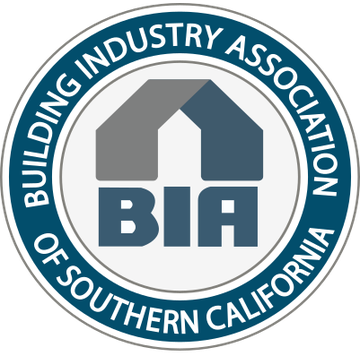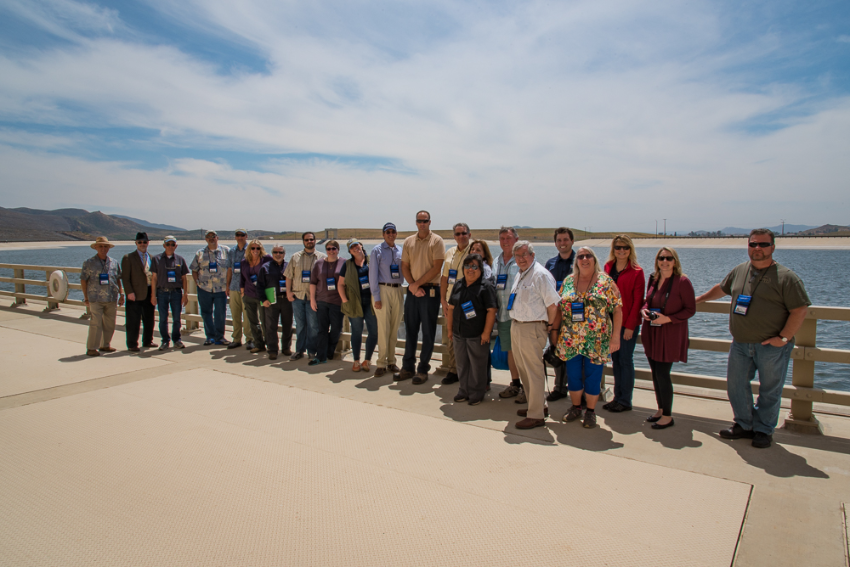Environmental Affairs Update May 2017--Issues and Regulations Affecting BIASC Members
By Mark Grey, Ph.D., Director of Environmental Affairs
During the first 5 months of 2017, BIASC has been aggressively advocating the homebuilding industry in California, trying to hold back the continual push for more regulations affecting home building, and build in wherever possible flexibility for compliance. In addition, we’ve been working hard collaborating with our members and their consulting teams, public works agencies, and water supply and distribution utilities to ensure that the largest portfolio of water supply options possible are pursued as we move out of an historic 5-year drought emergency in California.
Here’s a short overview of three important water quality issues affecting BIASC member businesses.
| 1. | EPA under the new Trump administration—opportunity to exchange information with US EPA Region 9 officials. BIASC, the Construction Industry Coalition on Water Quality (CICWQ) and the Construction Industry Air Quality Coalition (CIAQC) have reached out to U.S. EPA and Trump administration officials and management concerning how BIASC and CICWQ/CIAQC could support the new administrations goals of reducing regulatory burden on business. A meeting is being scheduled to share information on potential ways that air and water quality regulations could be changed and streamlined to continue to protect the environment and reduce the burden on builders and contractors. |
| 2. | Increasing compliance flexibility for home builders subject to post-construction stormwater runoff regulations in southern California. BIASC continued working on stormwater runoff permit implementation issues in Orange and Riverside counties within the Santa Ana and San Diego Regional Water Quality Control Board’s jurisdictions, focusing on development of compliance options and flexibility for new and redevelopment projects. In addition, BIASC staff have been appointed to two different water quality improvement plan consultation panels (southwest Riverside County; south Orange County), representing the building and construction industries, and staff have participated in several workshops and planning sessions, and have prepared formal comments for Regional Board consideration. |
| 3. | Renewing the Construction Permit General (CGP) for stormwater discharges. BIASC is working with CICWQ, California Building Industry Association (CBIA) and Building Industry Legal Defense Foundation (BILD) on potential modifications to the CGP, which is set for renewal in late 2017. The CGP directly impacts contractors and home builders on projects generally greater than one acre in size, and its provisions directly affect the cost of housing regardless of project size. A draft permit is expected for release late in 2017, with adoption scheduled for some time in 2018. BIASC and its members have an ongoing dialogue with State Board staff concerning potential changes to the permit which will maintain water quality protection using the current risk-based best practices approach, while streamlining permit administration to reduce costs and avoid redundancies. |
| Mark Grey, Director of Environmental Affairs for BIASC, attended a day-long tour of Riverside County water supply facilities on Friday May 5, hosted by Municipal Water District of Orange County Director Larry McKenney. The tour focused on a number of important water supply facilities critical to water storage and delivery in southern California, and included tours of water facility mitigation projects supported by the Metropolitan Water District. |



 The
The 
 “The GM discount and customer service available through my NAHB membership was enough to decide that my BIA dues are worth it,” he said.
“The GM discount and customer service available through my NAHB membership was enough to decide that my BIA dues are worth it,” he said.

